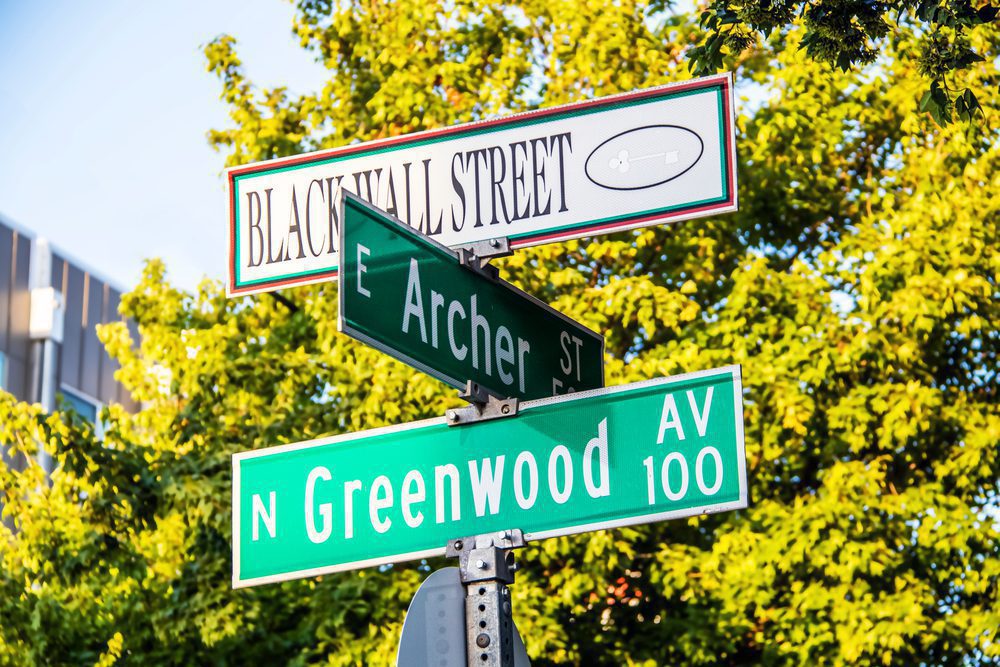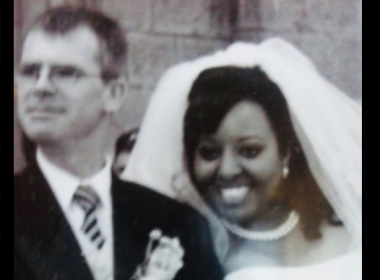
One hundred years ago on May 31, 1921, White mobs destroyed the Greenwood District of Tulsa, Oklahoma. According to many historians, it was known as “Black Wall Street.” More importantly, it is also considered the most horrendous occurrence of racial terrorism in U.S. history. Unfortunately, many Americans are unaware of the story of Greenwood and the massacre that occurred therein.
Below are seven facts that are essential in truly understanding the events of that day.
- The massacre started with a false report of a White woman being accosted on an elevator: It is reported that a woman named Sarah Page was operating an elevator in the Drexel Building in Tulsa. She reported to police that a 19-year-old named Dick Rowland attempted to assault her. She later changed her story to simply state that the young Negro grabbed her arm as he entered the elevator. The truth, as police found out, was that he accidentally stepped on her foot.
- The Tulsa Tribune fake report of the allegations fanned the flames: On May 31, 1921, the Tulsa Tribune printed the story of the alleged assault. The commissioner of police and the sheriff had been informed that White men in the town were talking about lynching Rowland. He was then apprehended and taken into custody.
- The Greenwood District: The Greenwood district was home to approximately 10,000 to 15,000 Blacks at the time of the massacre. It is estimated that there was a minimum of 191 Black-owned businesses in Greenwood, including but not limited to, the Williams Dreamland Theatre and the Stradford Hotel. It was also called “Little Africa.” The economic success and achievement of Greenwood were aspirational for Black communities across the nation.
- Armed Black men offered to protect the jail: Upon learning of the desire to lynch Rowland, a group of Black men from the district contacted the sheriff and offered to protect the jail from attack. When the false rumor reached the Black community that Whites had started to storm the jail, a group of about 25 armed men rushed to the building to protect it, where the sheriff urged them to return to their homes.
- Reports of the first exchange of gunfire: The same group of men returned after getting another false report. Again, upon encouragement from the sheriff, they returned home. A White man tried to take a gun away from one of the Black men and the first documented gunfire exchange between Blacks and Whites began. The result was 12 dead – two Blacks and 10 Whites.
- Whites pinned in the Greenwood community: News reports confirm that whites in around 60 to 80 automobiles formed a circle around the Little Africa community. They also used eight airplanes to track the movements of people in the district while dropping bombs on homes and businesses.
- Death Toll and Destruction: It has been estimated that as many as 300 Black residents of the Greenwood district were slaughtered by mobs of Whites. In addition, hundreds of homes and businesses were looted and burned, resulting in the entirety of the 35-square-block section of the city being reduced to ash. Around 1,200 homes were destroyed. Estimates on the property damage suffered by residents of the Greenwood district are upwards of $100 million in today’s currency.










